How to prepare for power outages and stay safe this winter: Life-saving tips from CPSC
(BPT) - When a severe weather event like a winter storm hits your town, a portable generator can power your necessary appliances, electronic devices and medical equipment. The U.S. Consumer Product Safety Commission (CPSC) is encouraging consumers who use portable generators to learn how to operate them safely to prevent carbon monoxide (CO) poisoning.
CO is known as the invisible killer because it’s colorless and odorless. Often, people don’t realize they have CO poisoning until it’s too late. According to a recent report from the U.S. Consumer Product Safety Commission, Non-Fire Carbon Monoxide Deaths Associated with the Use of Consumer Products, an estimated 250 consumer product-related non-fire CO deaths occurred in the U.S. in 2019. Most of these deaths occurred in colder months, with more than half occurring November through February.
Since 2009, portable generators have been associated with 40% of all non-fire CO deaths related to consumer products under CPSC’s jurisdiction.
This winter, CPSC has six life-saving tips to protect your family from CO poisoning.
1. Never operate a portable generator indoors
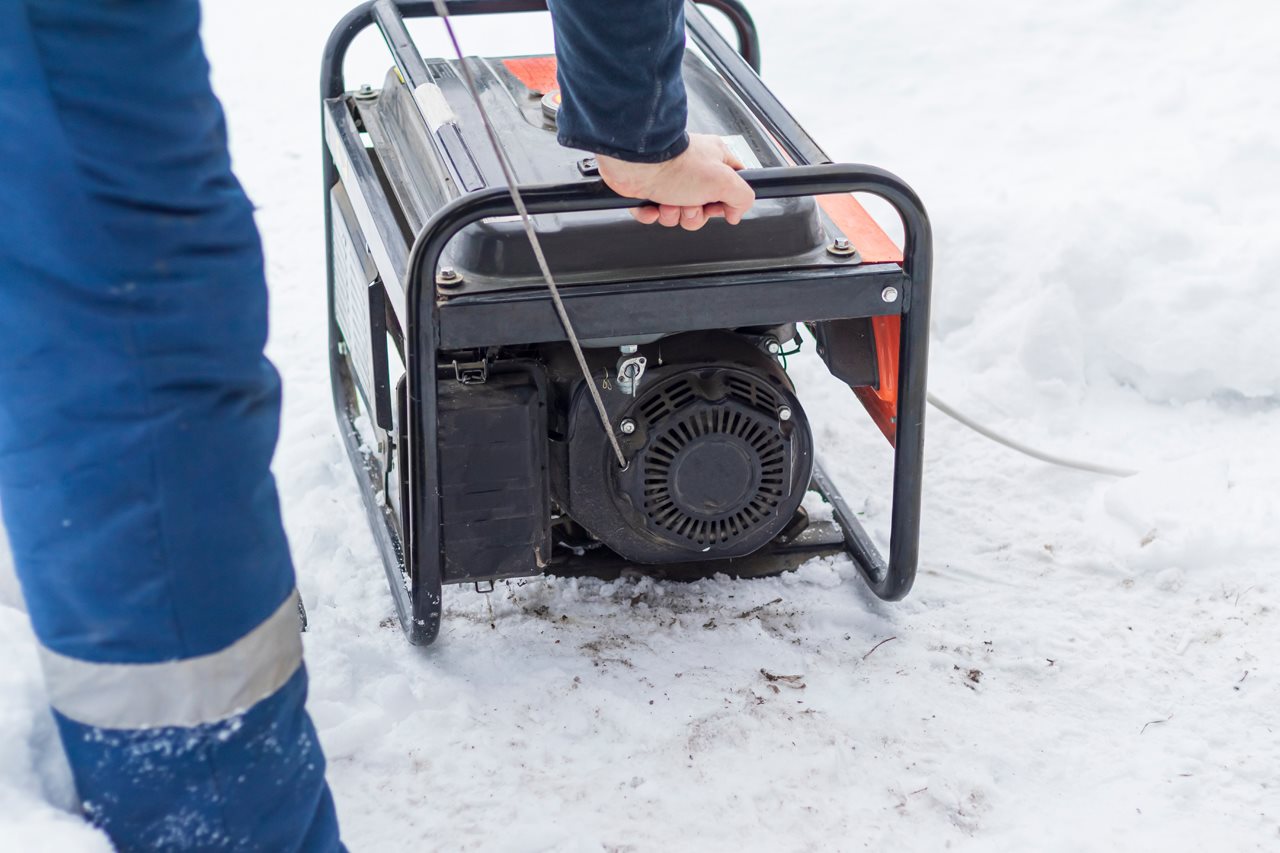
Never operate a portable generator inside a home, garage, basement, crawlspace, shed or other enclosed spaces. Opening doors or windows won’t provide enough ventilation to prevent the buildup of lethal CO levels.
2. Don’t operate a portable generator close to your home
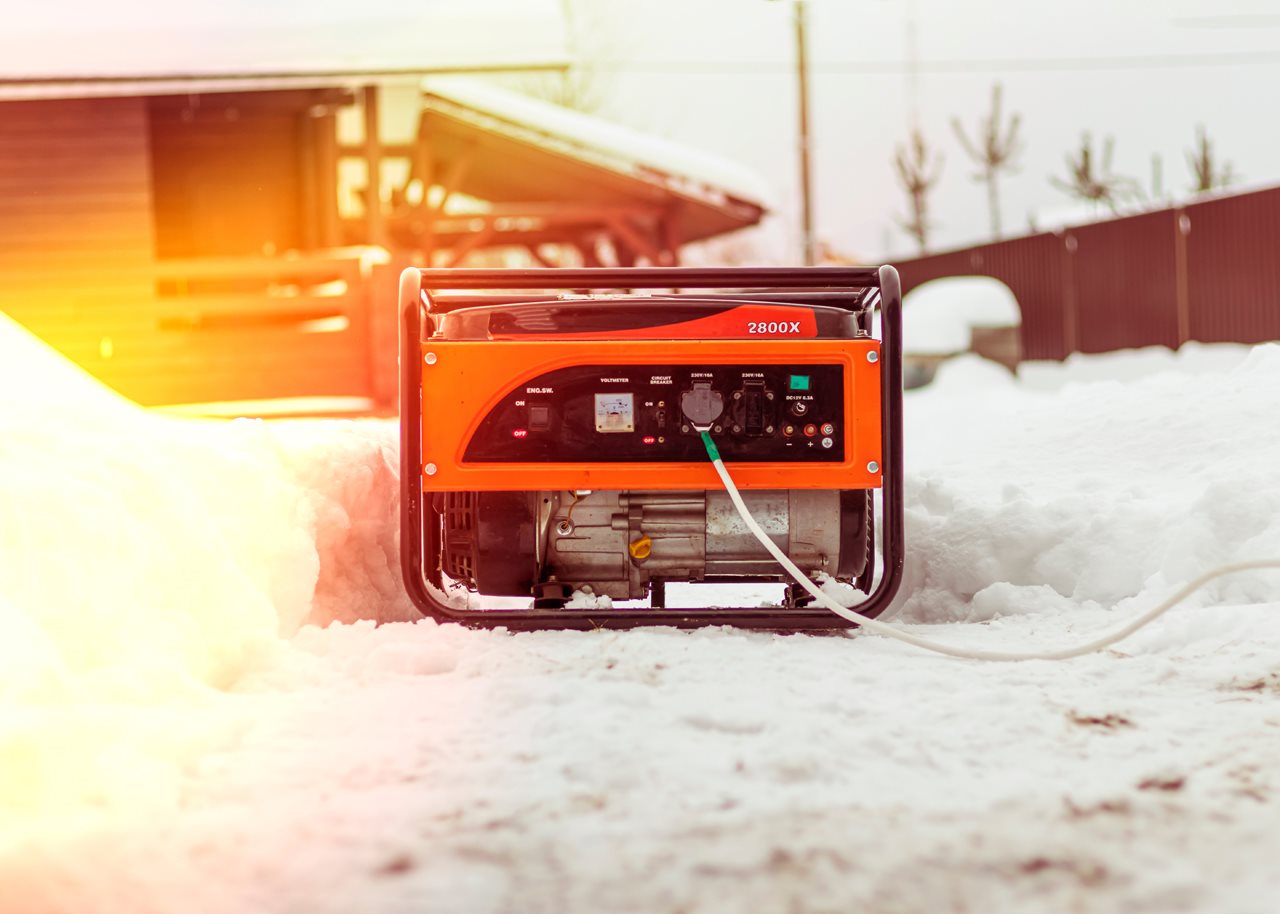
Ensure that portable generators are operated at least 20 feet from your house. Don’t operate a generator on a porch or in a carport. It may be convenient, but it’s too close to home and puts your family at risk of CO poisoning. Direct the generator’s exhaust away from your home and other buildings where someone can enter. Close windows and seal off vent openings that are near the generator or in the path of its exhaust.
3. Don’t skip maintenance

Regularly check and maintain your portable generator to ensure it will work properly when needed. Read and follow all labels, instructions and warnings on the generator and in the owner’s manual.
4. Purchase a portable generator with safety features
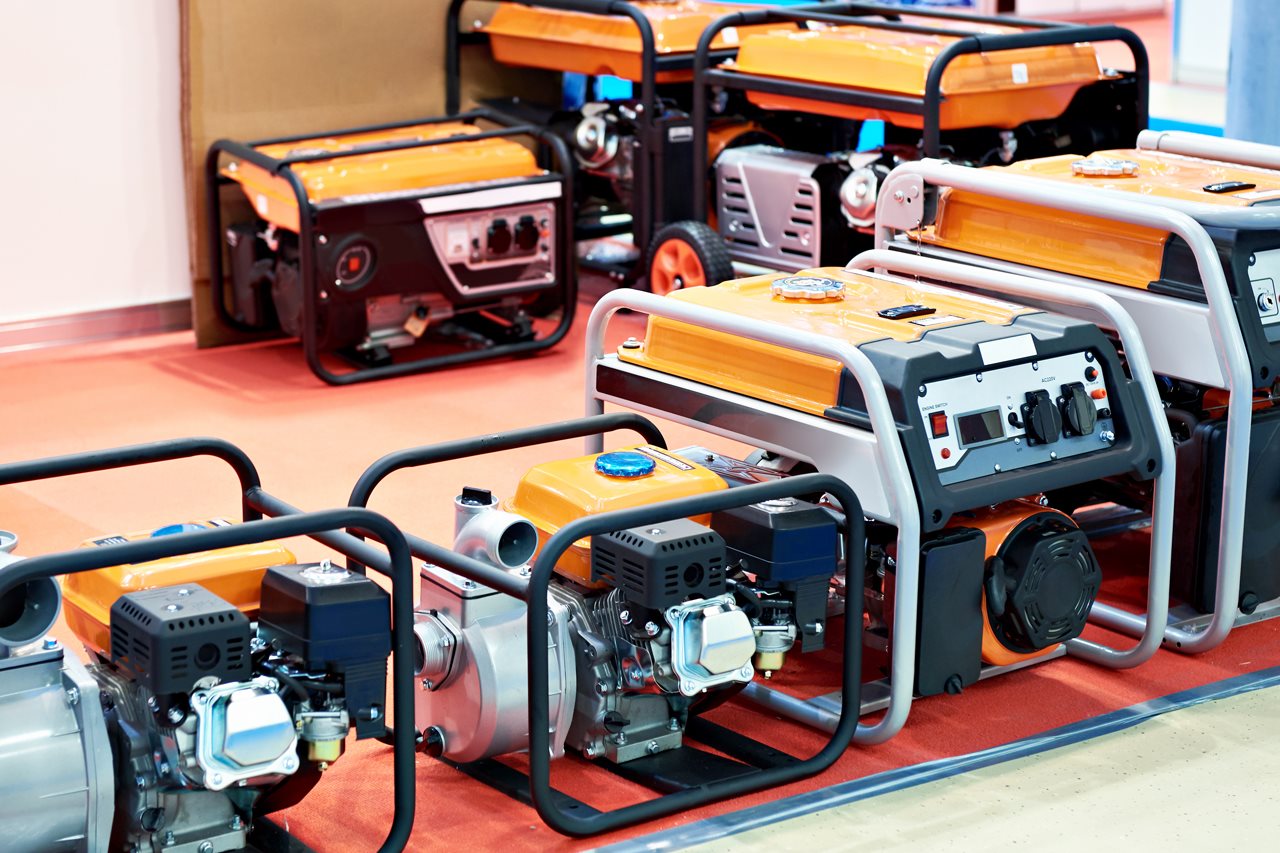
When searching for a portable generator, look for models with a CO shut-off. This safety feature automatically shuts off the generator when high levels of CO are present around the generator. Models that are certified to the latest PGMA G300-2018 and UL 2201 safety standards are estimated by CPSC to reduce deaths from CO poisoning by 87% and 100%, respectively.
5. Install CO alarms
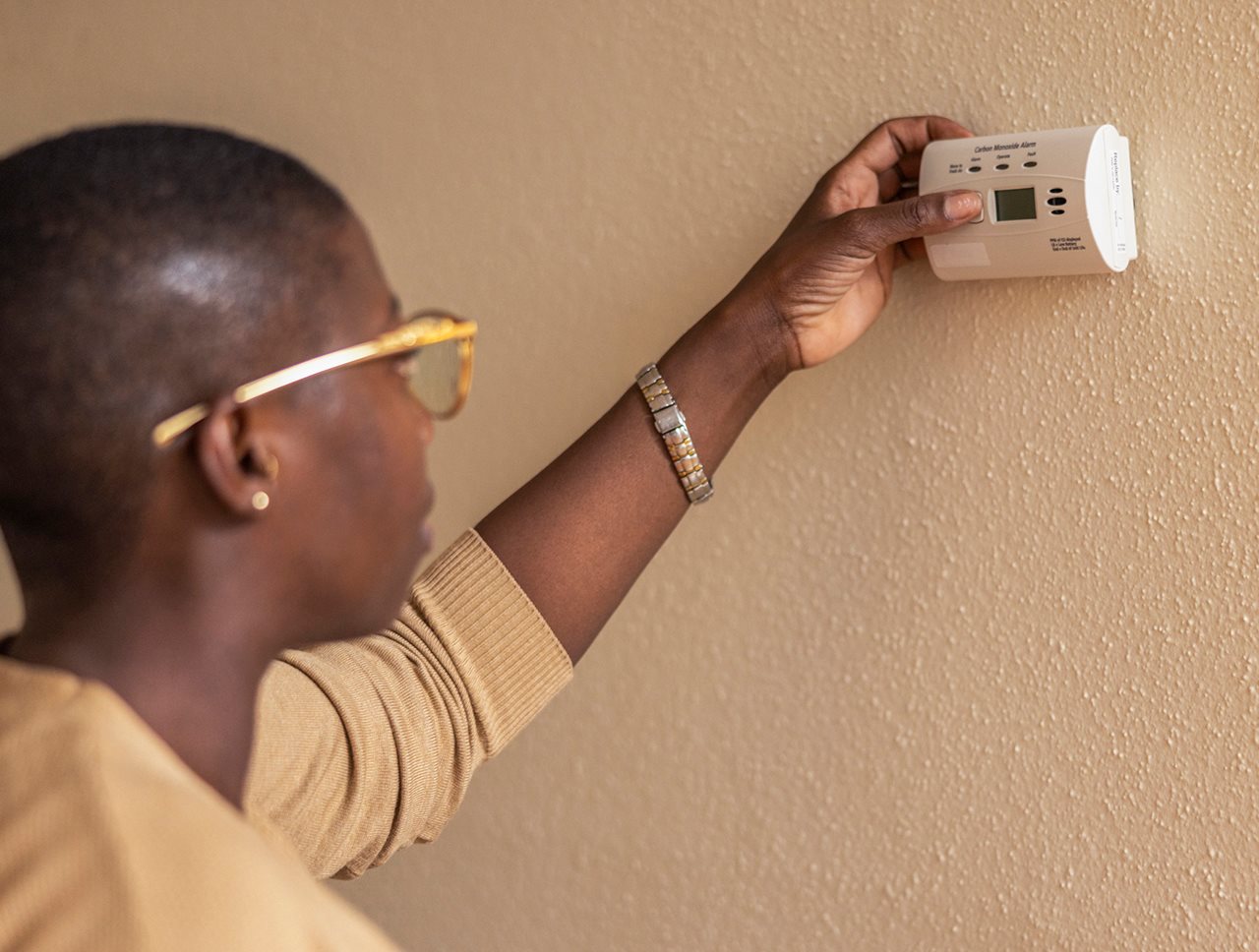
A CO alarm is the last line of defense and can save lives! Install battery-operated CO alarms or CO alarms with battery backup on every level of the home and outside sleeping areas. Interconnected CO alarms are best because when one sounds, they all sound. Test CO alarms monthly and replace batteries as needed. Never ignore an alarm when it sounds. Get outside immediately, then call 911.
6. Keep outside vents clear
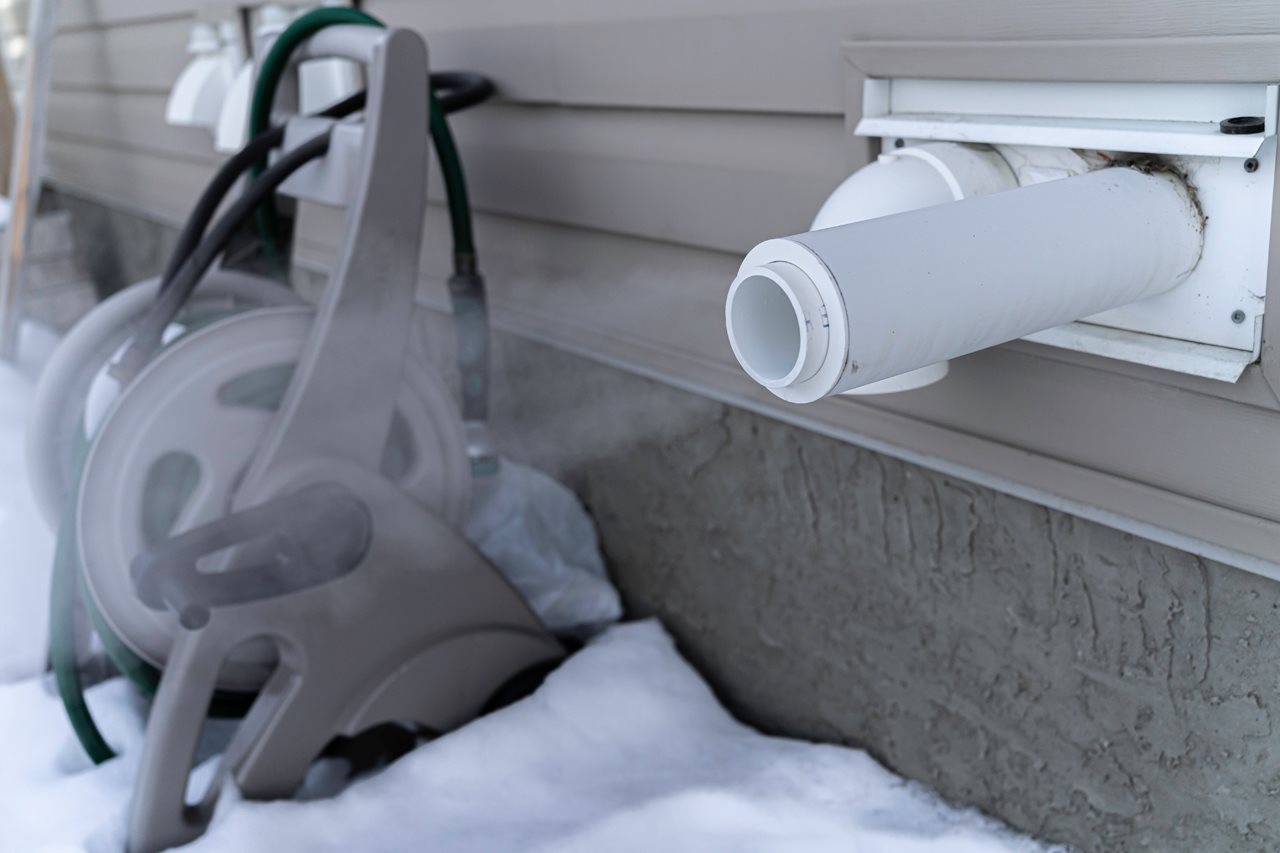
Clear snow away from the outside vents for fuel-burning appliances, such as furnaces, so that dangerous carbon monoxide does not build up inside the house.
Keep your family safe this winter by using these six tips. To learn more about the dangers of CO and how to protect yourself during a power outage, visit CPSC.gov/Safety-Education.
SOURCE: U.S. Consumer Product Safety Commission (CPSC)
Comments

